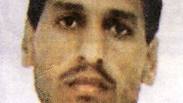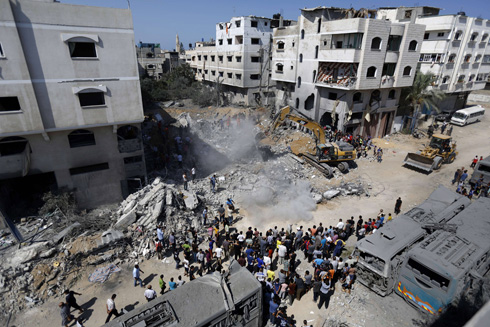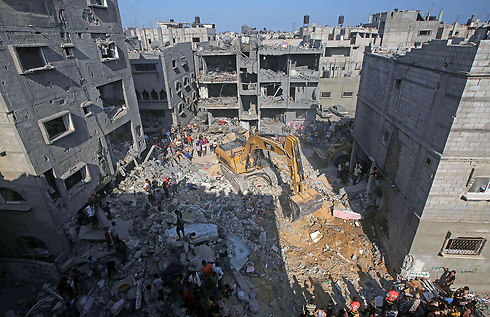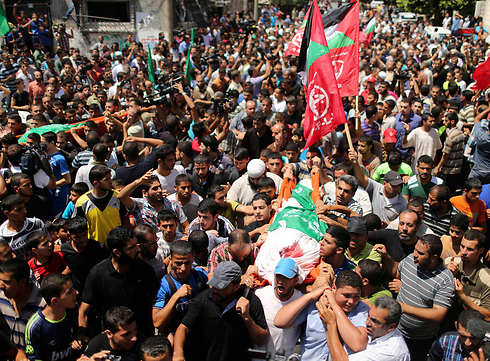
Three senior Hamas commanders were killed by Israel overnight, while a fifth assassination attempt on Mohammed Deif, the head of Hamas' armed wing, led to the death of his wife and two children.
What is the process that leads to a targeted killing? How does IDF Intelligence prepare for these attempts, and what could make Israel's top brass to call off the attempt at the last moment?
Former Mossad chief Maj.-Gen. (res.) Danny Yatom, who was a part of the decision-making behind many targeted killings, explains the process - from the initial stages to the execution.
According to Yatom, the process starts with the Mossad, Shin Bet and IDF Intelligence compiling a list of terrorists they "think we should hit because they are planning, executing and leading terrorist attacks. We don't only look at their past actions, but mostly at what they plan for the future. The assumption is that hitting them, taking them down, will thwart or postpone planned terrorist attacks."
This list, Yatom says, needs to be green-lighted by the defense minister and the prime minister, following which the long, arduous and complex task of gathering intelligence begins.
"To kill someone who is in hiding, on the run, very frequently changing locations and travels in vehicles - and sometimes motorcycles - you need very accurate intelligence in real time," Yatom said.
The information gathered, Yatom said, is based both on signal and human intelligence.
"We have to make sure the person we intend to kill is indeed at the place we're about to drop a bomb on or fire a missile at," he said. "Moreover, we have to also make sure there are no innocent people around him who might get hurt. It is rare that an assassination goes ahead even when there might be innocent casualties. I don't know what happened in this specific case with Mohammed Deif, but if they knew Mohammed Deif was in the house, it is safe to assume they knew his wife and son were also there, and decided to drop the bomb anyway because of the immense importance of killing him."
After the intelligence gathering is done, the method and weapon for the assassination are chosen.
"The most important and difficult thing is to complete the circle, meaning, bringing the chosen weaponry to the site of assassination - like a plane that drops a bomb or a helicopter that fires a missile. These are available but are far enough from the site so as to not raise the target's suspicions. At some point, the intelligence and real-time certainty that the target is indeed there and is not surrounded by innocent people need to meet with the weaponry. It is then that the green light is given," he said.
How do past failures to eliminate a target affect future attempts?
"After every operation, whether successful or not, there is a debriefing to understand what was the reason the assassination attempt failed. We learn the lessons and we implement them next time. You also need a lot of luck. Mohammed Deif managed to escape by the skin of his teeth, literally, he lost a part of his body. I don't know what happened now and I really hope they did manage to kill him."
How long does the intelligence gathering phase last?
"It's different in every case, but it could take anywhere from a few months to many months. In any case, we're not talking about days or weeks, but rather months and sometimes even years of Intelligence tracking someone."
When is the decision made to stop an assassination attempt while it is ongoing?
"There were quite a few cases in which, at the last moment, it turned out there were innocent people in the same car as the target, and the operation was called off at the last moment. For example, when there are family members in the car or when the car is driving through a populated area. There are many examples of such cases in which … the pilots received the order to stop and went home without killing the target, or waited for an opportunity in which the car leaves the populated area so passersby don't get hurt."


















